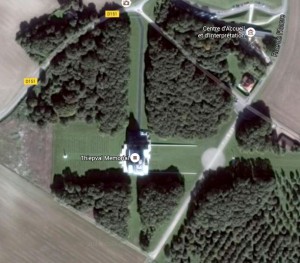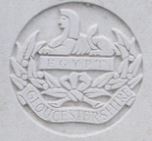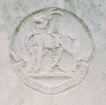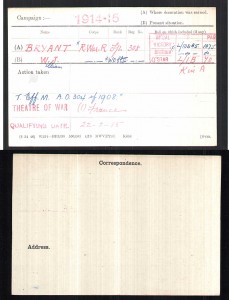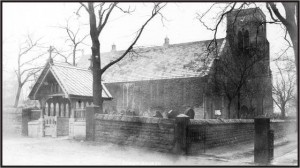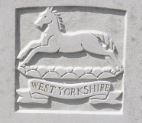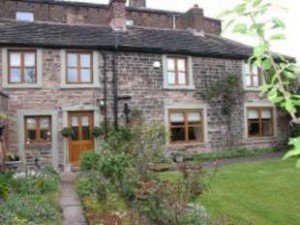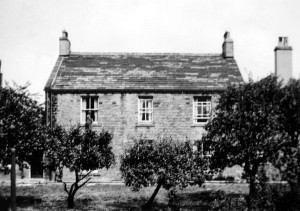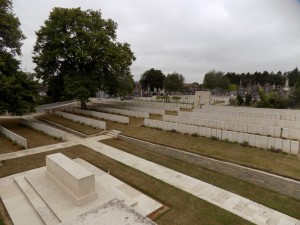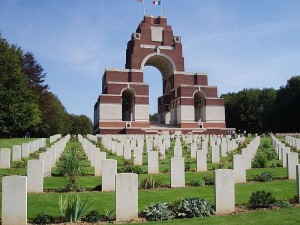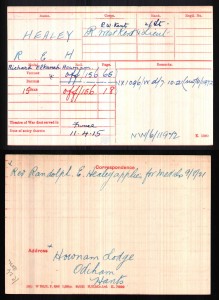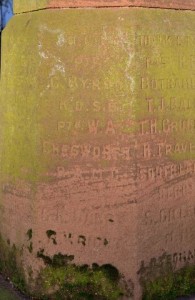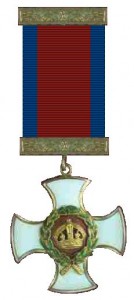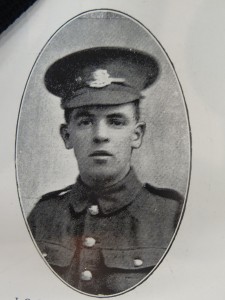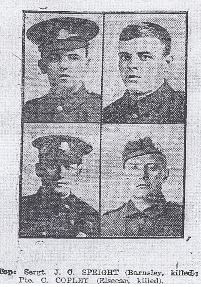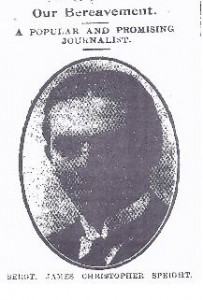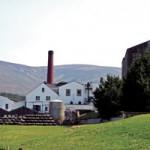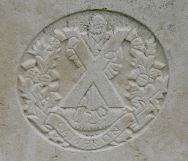The Somme Remembered – 27th July 1916
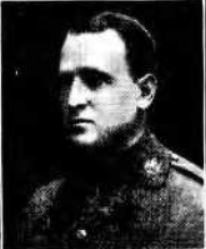
Oscar Frank Moritz from De Ruvigny’s Roll of Honour
Oscar Frank Moritz enlisted in the R.A.M.C. in 1914, obtained a commission to the Border Regiment on 30th of April 1915 and was transferred to the M.G.C. (Machine Gun Corps) in January of 1916.
But, let’s go back a few years.
Oscar was born in Edmonton, Middlesex, the son of Herman Rudolph Moritz and his wife, Elisa Mathilda Kronheim, who he married on the 15th of June 1869 at St Anne’s Tottenham. Oscar’s older siblings were born in Scotland, and it was in Scotland that Herman, born in Prussia, presented himself before the Right Honourable Robert Lowe, and signed his Naturalization papers on the 8th of October 1873 before Alan Arthur, J.P. for Lanarkshire. Herman at the time told he was 31 years old, a merchant, married and the father of two children – Alicia aged three and Arnold aged one, both children were living with him.
The family moved south as Herman became a Stock Broker at the London Stock exchange and in 1891 the family were living at West Bank, Broadlands Road, Hornsey, Middlesex.
Oscar attended Sherborne School in Dorset and by 1911 was a Barrister of the Middle Temple, living at the Prince of Wales Hotel, Victoria Road / 16-18 De Vere Gardens, Kensington – there was another Moritz family living in the hotel at the same time. Oscar’s name on that census had been transcribed as Monitz, so it meant a search for his first names (no surname) and place of birth to find him, but I got there after a few attempts of looking for him.
The year after the census, 1912, there is a Mr O F Moritz found on a passenger list from Peru to Liverpool on board the Oravia – if this Oscar he was travelling 1st Class.
We now come forward a few years to the time of the war – Oscar served with the Expeditionary Force in France and Flanders from April 1916 and was killed in action at Delville Wood 100 years ago today. Just before he died he was endeavouring to bring up reinforcements for his gun, having previously been wounded in the thigh. As Oscar has no known grave he is remembered on the Thiepval Memorial to the Missing.
The medal card in Oscar’s name is sparse in the information and has no details of his previous regiments, only a brief note of the M.G.C. There is however, a note at the top that says ‘no ran service o/s’. The Register of Soldiers’ Effects has the unual information: rank, regiment, date and type of death along with monies due. Oscar’s money, some £68 5s was transferred – with no details of where the transfer went or to whom on 27th of November 1916.
Oscar’s Service Record is available from the National Archives for anyone to purchase via the Archives, a researcher or by visiting in person.
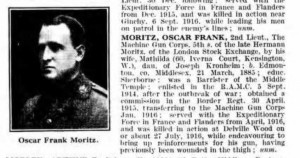
Oscar’s entry in De Ruvigny’s Roll of Honour
It may be generations since Oscar and other men and women died during The Grear War but Oscar like the others is not forgotten. He is remembered on the Sherborne School Roll of Honour. He is also included in the book The Cross of Sacrifice:Officer who died in the Service of British, Indian and East African
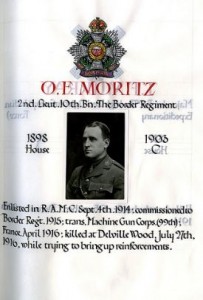
Oscar Frank Moritz entry in Sherborne School Roll of Honour
Regiments 1914 – 1919 and the Book of Remembrance for Tweedale. Oscar is also one of the casualties of The Great War mentioned in De Ruvigny’s Roll of Honour.
I cannot fine a Probate entry for Oscar during and after the war but there was an entry for his father, Herman who left over £49,000 in 1906 to Julian Herman Moritz, chartered accountant, Martin Rudolph Moritz, member of stock exchange and Alan Mackinnon Mayow Forbes solicitor – no mention of Oscar of any other children – could a will rectify that?
Rudolph, Oscar’s elder brother, was also a Barrister, working from 4 Brick Court, Temple in the first decade of the 1900’s.
